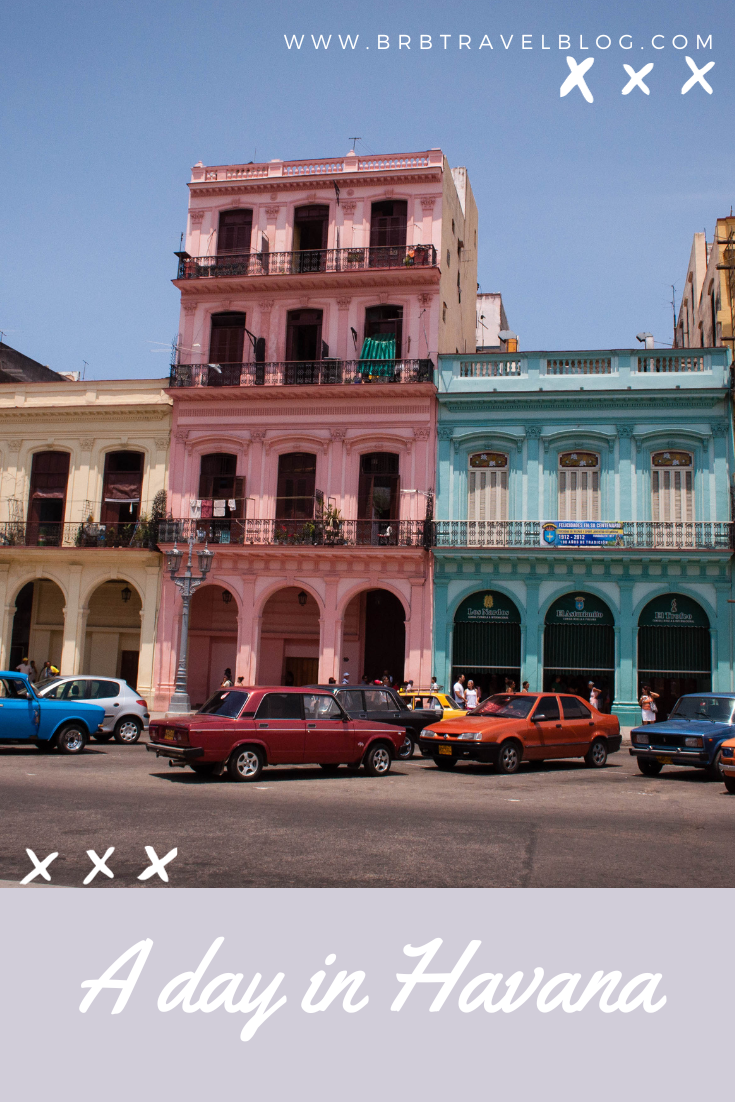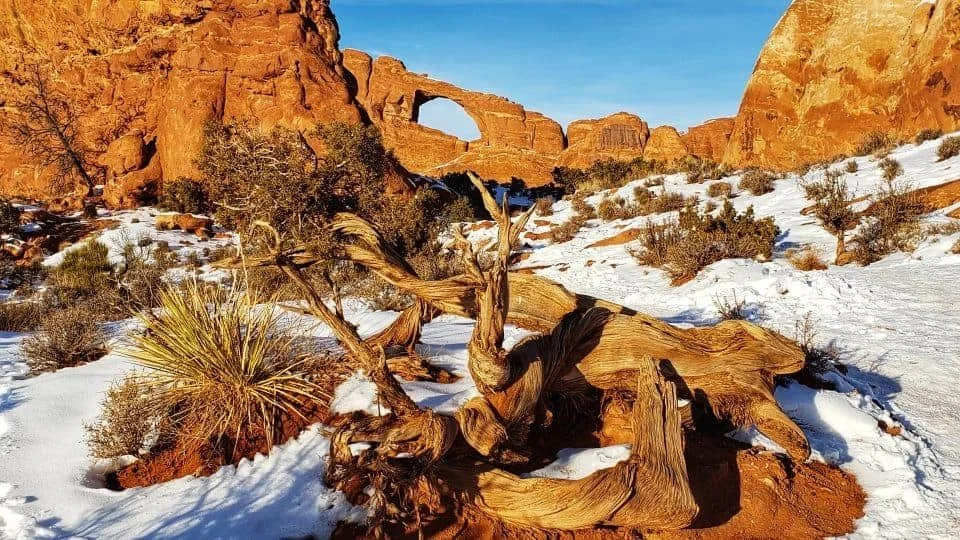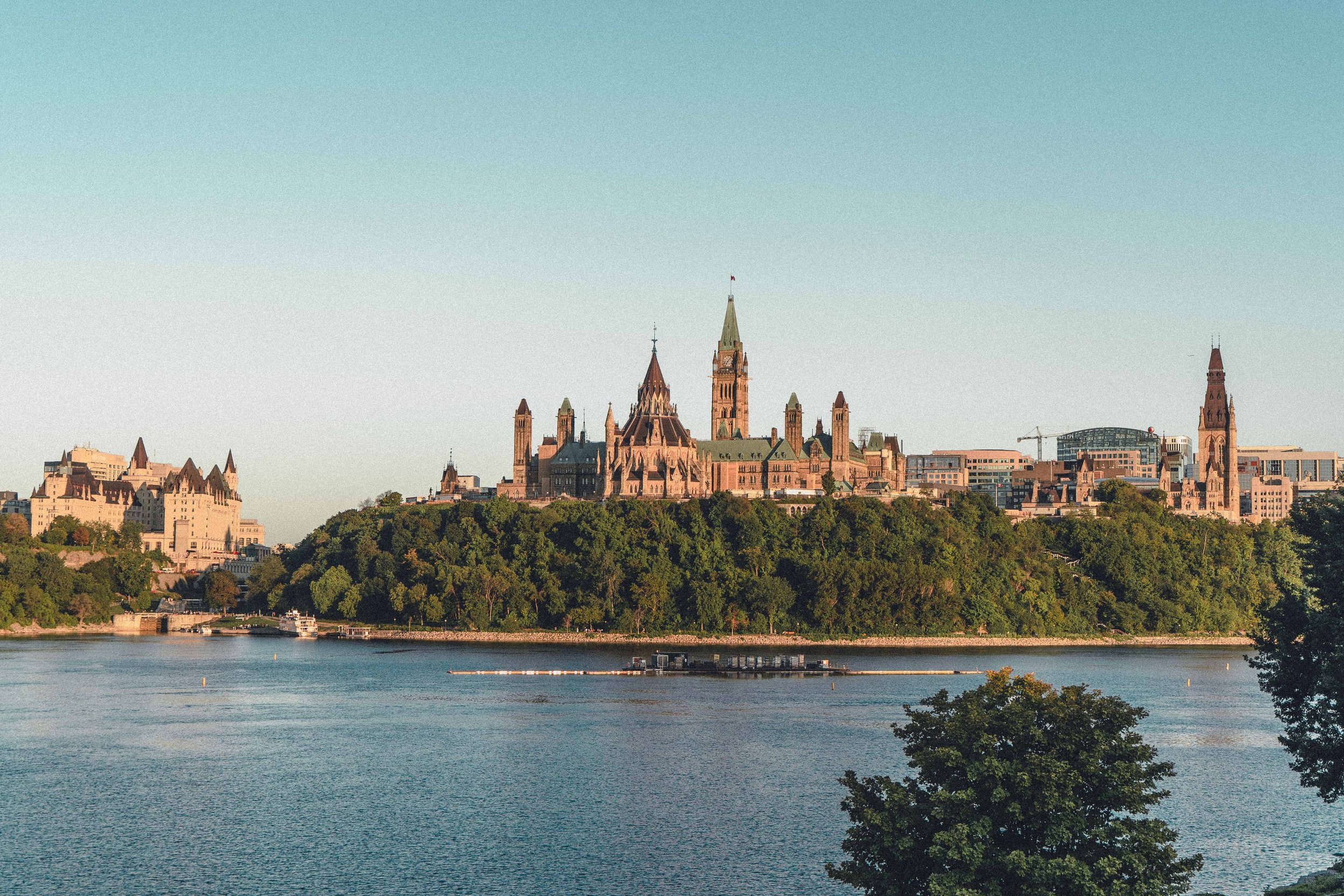An ideal day in Havana
“Fidel Castro was born August 13, 1926, at 2:00 AM,” said our private taxi driver in the middle of the highway from Varadero to La Havana. I was astonished by the proud delivery he gave and asked him how he knew the exact hour, he said “we have to learn it at school” but I quickly saw that he was not reciting his history class, but he was proud of the revolution.
We had chosen to escape our all-inclusive resort for a one-day trip to the historical and mythical city of Havana. From the highway, we slowly started to see the buildings rising above the sea and less and less lush green vegetation.
We pass by Art Deco buildings and I dare to say that this area of the city looks very similar to Miami Beach near the Art Deco district. My superficial remark mistakenly compared the two cities and offended the driver, “how could I compare the capitalist empire with emancipated Cuba?” he said. I swiftly tried to say that they are similar architecturally, but my weak comeback was not enough, and he went on to dissect why the two cities are completely opposed. I cringe in my head as I should know better than to make these comparisons, especially coming from a “socialist” dictatorship (Venezuela).
One day Havana itinerary
Cuba’s capital is full of vibrant colours, classic cars and rich history. Sadly, the majority of Canadian travellers only visit Cuba's multiple resorts and never go out and discover the struggles of the daily life of the Cuban people. If you are looking to visit Havana, here is your perfect guide for your one-day visit.
I must admit that I too went to Cuba to an all-inclusive resort that cost me nothing and it was a welcomed escape from the Canadian cold. However, I did spend a day in La Havana as a day trip to Vadarero by taking a private taxi.
As always you can always mix and match what you choose to do in the city. This guide probably has too many things to do in one day, you will have to select what you want to do in your visit.
First a little history
Understanding the history of Cuba is essential to understand the type of city you are visiting but also it will help you understand why a lot of things in Cuba don’t work the same.
Indigenous peoples, such as the Taíno and Guanahatabey inhabited the island when Christopher Columbus arrived in 1492 during his first voyage to the Americas. Over the centuries, Cuba became a Spanish colony, with Havana emerging as a crucial port in the transatlantic trade focused on sugar and tobacco cultivation. The island's history took a dramatic turn in the late 19th century when the Cuban War of Independence erupted against Spanish rule. This conflict led to the Spanish-American War of 1898, resulting in Cuba gaining independence but becoming a de facto U.S. protectorate. The mid-20th century witnessed the Cuban Revolution led by Fidel Castro in 1959, transforming Cuba into a communist state. During the Cold War, Cuba became an important ally of the Soviet Union and was the ground for the Cuban Missile Crisis of 1962. The fall of the Soviet Union in 1991 led to an economic crisis on the island, known as the Special Period. Cuban society was forced to adapt to a new reality with limited resources. Cuba still has economic challenges and is still under isolation because of the United States embargo which shapes the daily life of its population.
The island's history permeates its architecture, music, and cuisine, creating a unique blend of influences.
Explore Old Havana (Habana Vieja)
Start your adventure by wandering through the cobblestone streets of Old Havana, a UNESCO World Heritage site. The old centre is part of the World Heritage site because of the interesting mix of Baroque and neoclassical monuments. The fortification system is also on the list due to its historical importance.
While walking around, you will be able to admire the colonial architecture, with its arcades, balconies and my favourite, the internal courtyards. The city is very photogenic so don’t hesitate to capture in your photos the pastel-coloured buildings, and lively plazas. In this sector, don't miss the iconic Plaza de la Catedral with the stunning asymmetrical Catedral de San Cristobal. Then head to the lively Plaza Vieja which dates back to the 16th century and now has a central fountain and surrounded by arcades. Here you might see festivals and outdoor performances. Finally, Plaza de Armas. Where you can stop by a cafe a Cuban coffee and you will understand why the cafecitos are so famous worldwide.
Lose yourself in the labyrinth of narrow streets lined with colourful colonial buildings and don’t forget to visit the grand Capitolio with its neoclassical splendour where you can learn about Cuba's political history. Gran Teatro De La Habana is an architectural gem that dates back to 1838. You can visit the inside with a tour or buy tickets to go see the Cuban National Ballet. If you like visiting churches you can visit St Francis of Asisi Church and Convent.
While you are walking in the maze-like street, admire the galleries, studios, and street art. For this part of the city, you can also take a walking tour to really dig deeper into the historical side.
You will see that The city is filled with propaganda murals that reinforce communist and revolutionary thinking. Sadly, due to economic sanctions, the country did not reinvest in its infrastructure after the special period in the ’90s (this is when the USSR collapsed, and Cuba was left without any subventions) and as a result, all the buildings are extremely run down some are even collapsing in the middle of the streets.
Museo de la Revolución
In the Old City, you should visit the Museum of the Revolution. The Museum of the Revolution (Museo de la Revolución) is a propaganda museum that explains the historical and cultural frame of the revolution from the government's perspective. Housed in the former Presidential Palace the interior has beautiful decorations by Tiffany's of New York. The museum is a significant landmark and a repository of artifacts and exhibits that chronicle the events leading to the Cuban Revolution of 1959. There are also exhibitions devoted to pre-revolutionary Cuba, including the 1895-1898 War of Independence waged against Spain.
El Malecón
Continue your day toward El Malecón, the iconic seafront boulevard. Feel the gentle sea breeze, watch the fishermen casting their lines and see the bustle and hustle of the city it is where locals come to hang out. See the big ocean waves splash against the rock and wet the feet of the adventurous ones. The sunsets in the area are stunning, I suggest visiting later in the day.
The seawall is 8-kilometer long and offers stunning views of the sea and was constructed in the early 20th century. You can walk to the Castillo de San Salvador de la Punta a fortress dating back to 1590. Here you will be able to visit the museum about the place.
The coast is lined with a mix of architectural styles, including landmarks like the iconic Hotel Nacional de Cuba, which symbolizes Havana's rich history. The Art Deco and Neo-Colonial styles hotel dates back to 1930, has played a pivotal role in Cuba's history and has hosted numerous dignitaries, celebrities, and political figures over the decades. The hotel hosted the 1946 Havana Conference, making it a symbol of Cuban sovereignty. If you want to learn more about the hotel you can visit Salon 1930, a museum showcasing the hotel's history. Or you can simply take a drink in this opulent hotel.
From here you can also see and visit Morro Castle, Castillo de los Tres Santos Reyes del Morro, a castle dating back to 1589. Originally built to protect Havana from pirates but also served during the Spanish War. You can also choose to visit the castle. For a small cost, you can also climb to the top of the lighthouse. If you like fortifications, you can also visit Fortaleza de San Carlos de la Cabaña.
Revolution Square
Not only will you see the regime propaganda all over the city but you can also see the revolutionary icons in a greater-than-life size.
Revolution Square (Plaza de la Revolución) spans 72,000 square meters and is one of the largest city squares in the world. The focal point is the towering José Martí Memorial, a 109-meter-tall monument dedicated to the Cuban national hero in charge of Cuban independence. The square hosts government buildings, including the Ministry of the Interior with the iconic steel outline of Che Guevara's face. You will also see the iconography of Camilo Cienfuegos, a Cuban revolutionary. The square is the center of numerous historic events and political rallies.
If you want to learn more about this period of time, you can also visit Che Guevera’s Headquarters and the Cuban Missile Crisis Relics at the Museum of La Cabana fortress.
Art galleries and museum
If you still have time, you can visit Fabrica De Arte Cubano. This is a multisensory display of art galleries, performance art, cultural center, and nightclub all in one. This place promotes Cuban artists of all kinds from musicians, and photographers to writers and filmmakers.
The Museo Nacional de Bellas Artes (National Museum of Fine Arts) is another great option to see the art evolution on the island. Divided into two buildings, the museum offers an extensive collection of Cuban art spanning from the colonial period to contemporary works. The Palacio de Bellas Artes, dedicated to international art, boasts an impressive display of European paintings and sculptures. Meanwhile, the Palacio del Centro Asturiano focuses on Cuban art, including pieces from renowned artists like Wifredo Lam and Amelia Peláez.
If you are looking for something a little more fringe, then visit Fusterlandia, the whimsical mosaic art project created by artist José Fuster where you can marvel at the vibrant and eclectic art that covers houses, streets, and public spaces. This project was inspired by the works of Gaudi in Barcelona.
Callejón de Hamel is an alley adorned with vibrant street art and sculptures. This Afro-Cuban cultural hub showcases the artistic spirit of Havana and often features live music and dance performances.
Finally, Almacenes San José is the place to buy Cuban craftsmanship. Browse through artisan markets where local vendors showcase handmade souvenirs, art, and traditional Cuban goods.
Barrio Chino
Did you know that in the 19th century, la Havana, Cuba had the largest Chinese community in all of Latin America? The Chinese immigrants came to work on sugar plantations and in other industries. Barrio Chino is a vibrant neighbourhood with Chinese restaurants, shops, and cultural elements and architecture, providing a unique blend of Cuban and Chinese influences. The neighbourhood is small, it is about 2 blocks and does not have a ton of things to do. but offers a change from the other parts of the city.
Somehow we ended up here having a beer and chatting with locals during the 100th anniversary of Compay Segundo's birth celebrations.
If somehow you still have time you can still choose to go to the Paseo Del Prado a walking street that stretches from the Malecon to Parque Central. The street divides Havana Viejo with Central Havana. The Parque Central (Central Park) is a nice park to walk around and enjoy some vegetation. You can also take some salsa classes or enjoy nightlife at places like the famous Club Tropicana.
Where to eat & drink?
The food at your hotel is probably not that great but the food in the city is much better, trust me. To taste typical Cuban food, you need to have lunch at a Paladar. So what is a paladar?
A "paladar" is a uniquely Cuban culinary experience, referring to privately owned restaurants operated out of family homes. They emerged in the 1990s following the Periodo Especial and because Cuba doesn’t allow private enterprises, the paladares were somewhat illegal at first. Now, these restaurants' paladars have become integral to the island's gastronomic scene, offering a more intimate and authentic dining experience compared to state-run establishments.
What to eat at a Paladar? Order delicious classic dishes like Ropa Vieja, Tostones, moros y cristianos and Yuca con Mojo. A lot of these recipes have been handed down from generations. They provide a singular experience and your opportunity to chat with the locals.
If you are visiting during a hot day, you can enjoy a refreshing Granizado, the Cuban slushies. These are yummy and sugary! The taste took me back to my school days in Venezuela where I used to buy them on a hot day after the end of class. Or you can order a Guarapo a freshly pressed cane sugar juice with lemon.
Where to drink? You can follow Ernest Hemmingway's footsteps and vie into his favourite bars like La Bodeguita del Medio and La Floridita. His drink of predilection was the Mojito and Daiquiris. The latter has live music for you to enjoy Cuban music. Hemmingway lived in Cuba for 20 years in his finca and this is where he wrote his most famous book The Old Man and the Sea.
After wandering through the city all day long, we decided to come back to our hotel resort. The contrast between the hotel and where the locals live is almost unreal, it feels like two completely different worlds. I wish to go back to the island as an independent traveller, as a better traveller (all-inclusive resorts are not the best kind of tourism) and to stay at a casa particular.
Practical information & travel tips
Transportation
If you are taking this excursion to the capital on your own, then you will probably take a taxi from your resort. Ask him to give you a car tour and drive you around. Ask him to wait for you while you explore the city for food. This will be the best way for you to get back to your hotel. You will need to negotiate a day price with him before leaving the hotel.
The drive from Varadero to Havana takes around 2:30 hours.
Safety
The city and the whole country are very safe. Do take precautions over your valuables like everywhere you go.
Money
Understanding the monetary currency of Cuba can be a little complicated. Before 2021 Cuba had two official currencies: the Cuban Peso (CUP) used by locals and the Cuban Convertible Peso (CUC) for tourists. After 2021, there is only the CUC but now Cubans have digital currency available to them (bank cards), MLC (Moneda Libremente Convertible). This kind of replaces the CUC which is used for everything foreign that is not made on the island. You can read more about it here.
So how to pay? Probably the easiest is to bring cash from Canada. You will probably pay a high fee paying in CAD but you won't have to understand the weird conversations. Tourist places will take your money or you can exchange some at your hotel. There is no guarantee that your bank cards from Canada will work but you can always try and see.
WATER
Tap water is considered not drinkable.
Electricity
Don’t be surprised if you experience an Apagon, a blackout. The country doesn’t have enough energy to subsist on its needs and the electrical system is not strong enough because the government does not have the money to maintain it properly. Cuba operates on a 110/220V supply voltage and 60Hz. For Cuba there are four associated plug types, types A, B, C and L.
Further reading
If you are looking for a good read about Cuba, I recommend Next Year Havana by Chanel Cleeton. The Author is Cuban American and tells the story of her grandmother who was exiled to Florida during the revolution. While the story is narrated from a North American perspective I found that it explains the history well.
Are you planning a Cuba travel adventure? Do you have any questions about how to spend a day in Havana? Write me a comment below, I will be happy to help!
DO YOU LIKE THE CONTENT? WHY NOT HELP ME BY BUYING ME A VIRTUAL CUP OF TEA?
PIN IT FOR LATER!






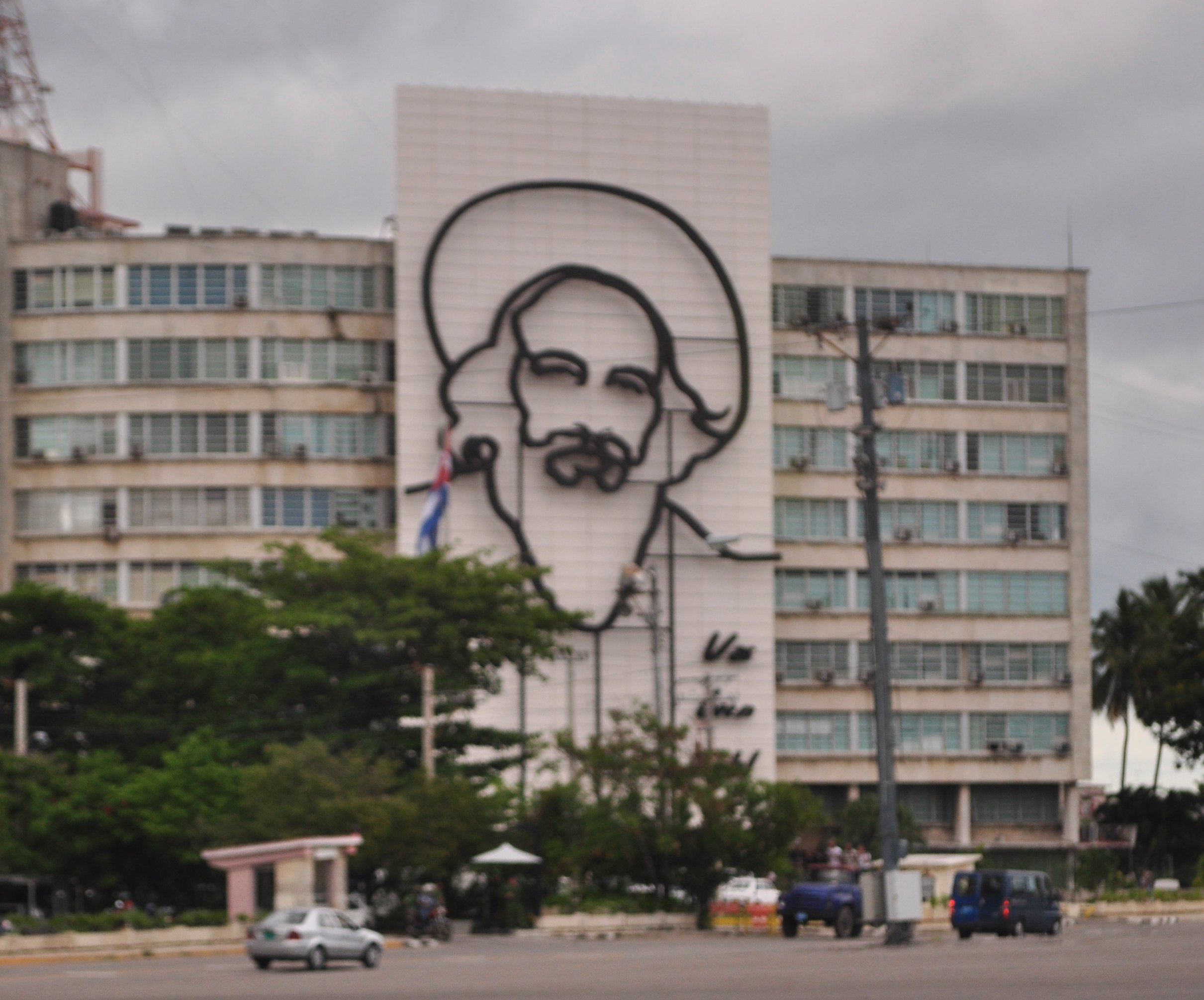
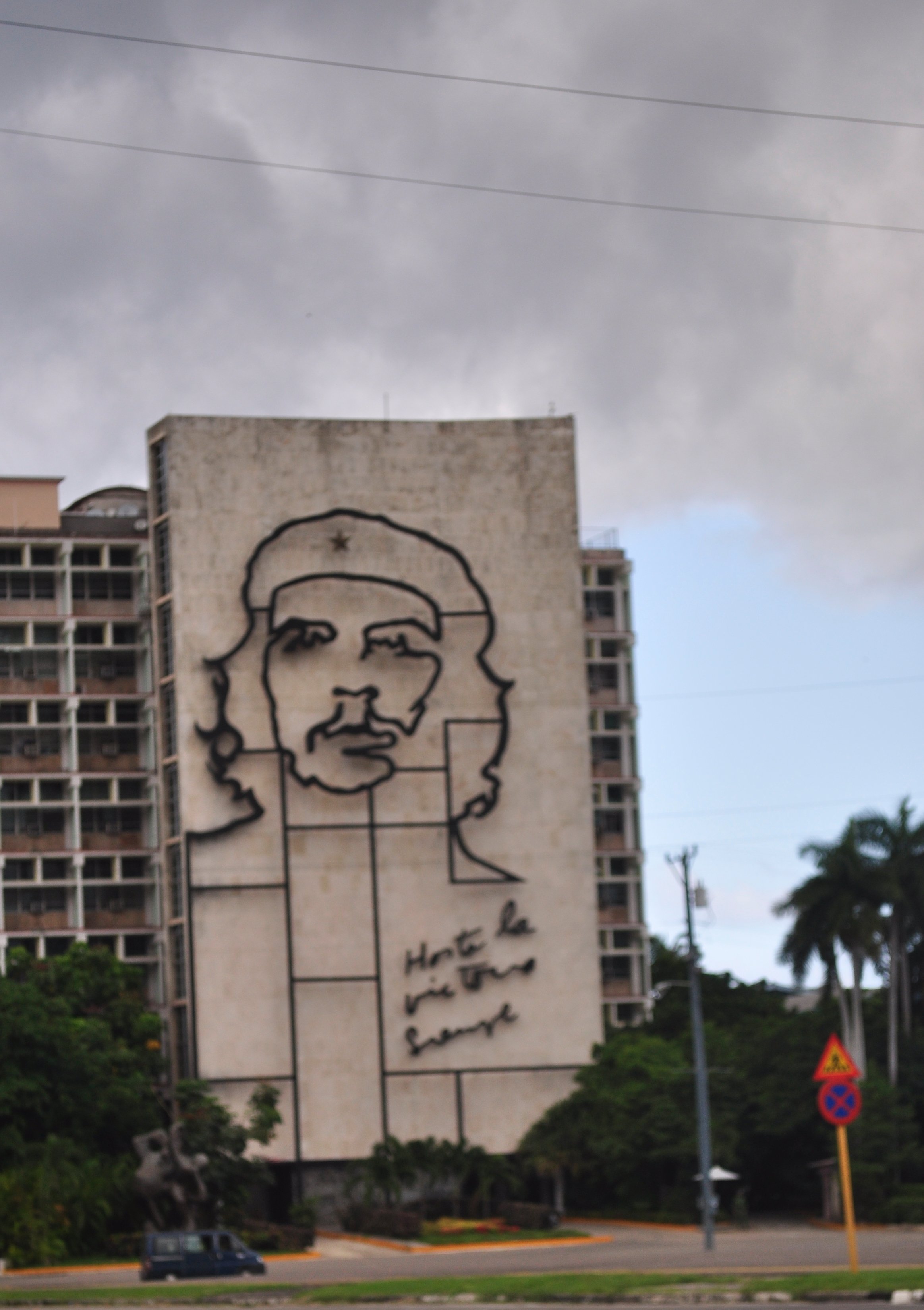


 Support Me on Ko-fi
Support Me on Ko-fi